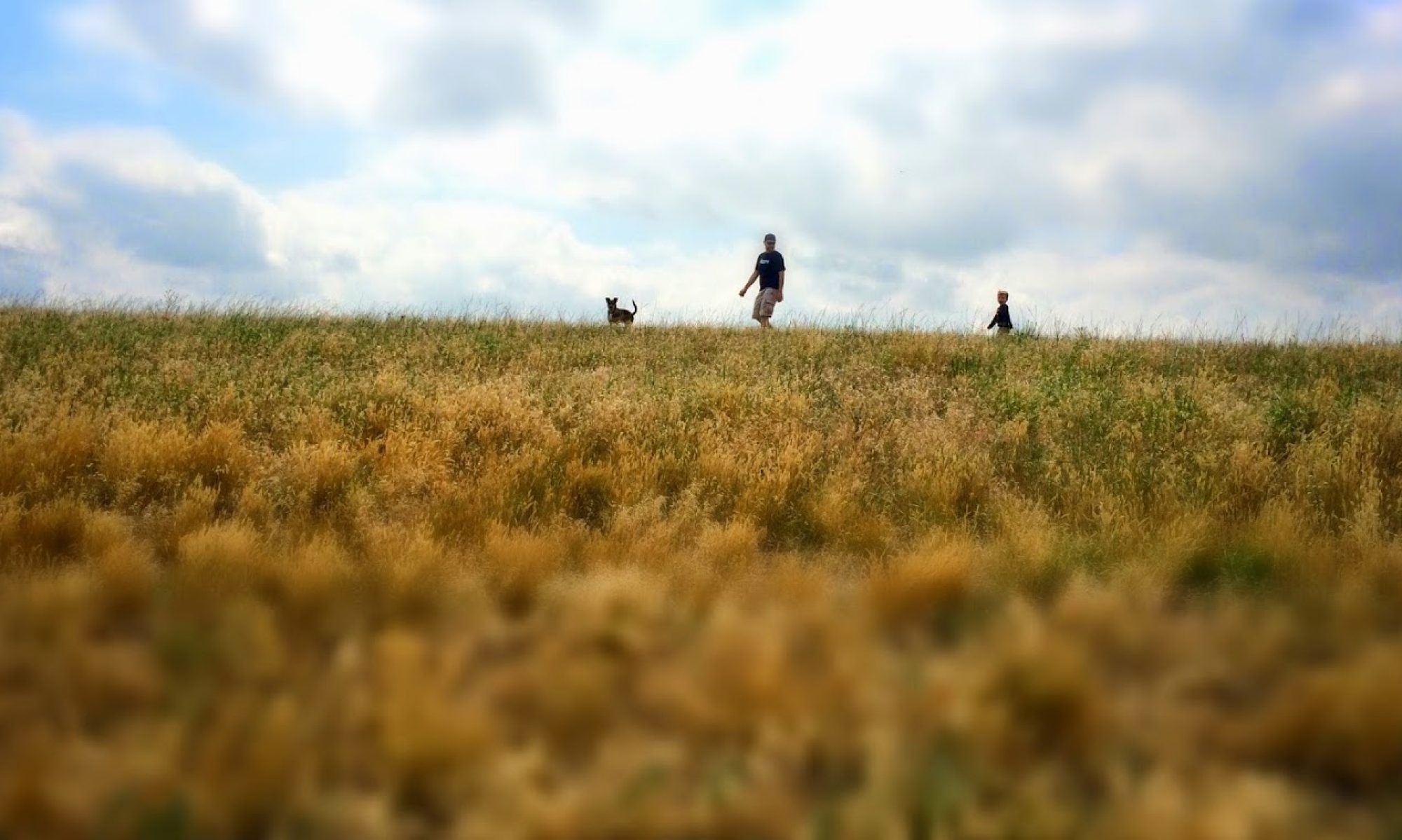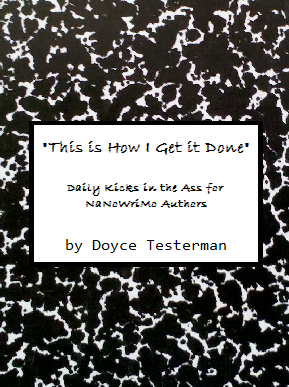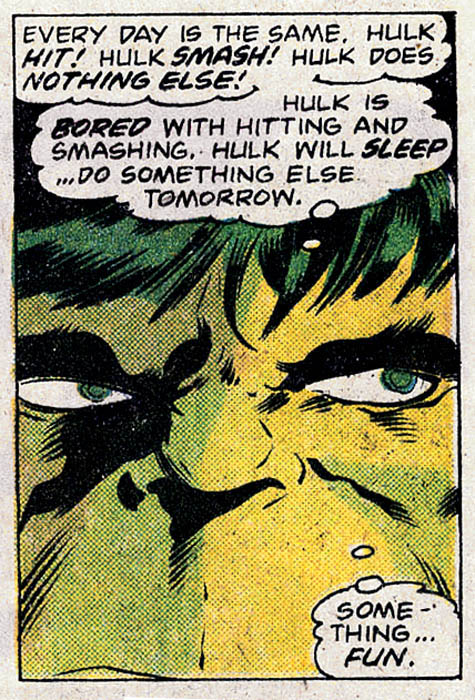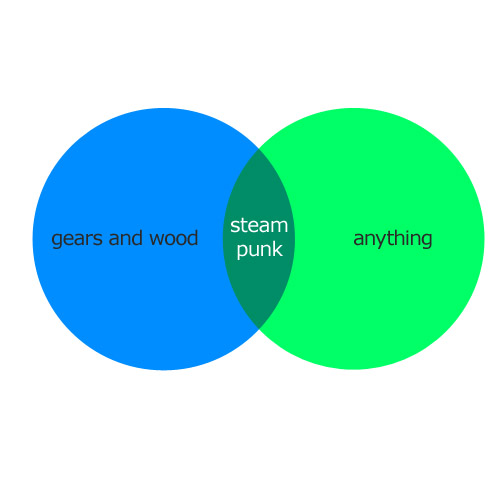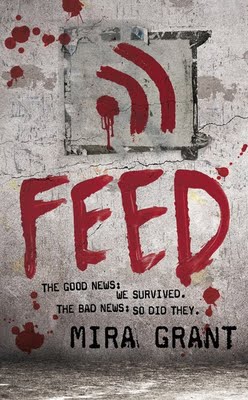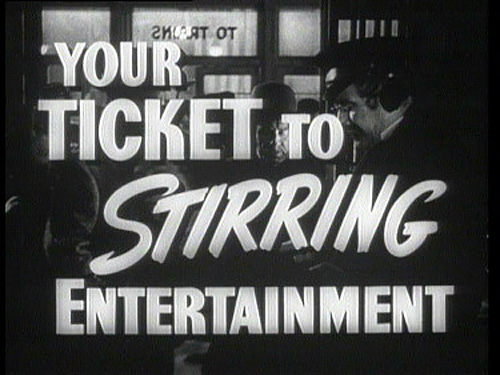There are a lot of rules when it comes to writing. Writers love to scribble down mandates like “don’t do this” or “always do this” and pretend that we’ve solved part of the vast jigsaw puzzle of creativity.
But the thing is this: pretty much every one of those rules can be broken or ignored, if you have a good reason for it.
I want to be clear, here: I think most rules about writing are good rules, and are valuable. “Try to leave out the part of the story that the reader’s going to skip.” That’s a good rule.
But, like most things, if you get good enough at the work, you’ll run into some situation where the rules you love are not only inapplicable, they will actually make the situation worse if you adhere to them.
(Warning: If you are at all unsure you’re qualified to decide whether or not to ignore a rule, I would like to humbly suggest that you aren’t. You will know when you’ve reached that point, without checking with anyone else first. Until then, stick with the rules. I know how pretentious this sounds. Please trust that I don’t mean it that way.)
This is why I tell people not to listen to the advice I have about writing (as opposed to NaNoWriMo): when it comes to writing, I’m going to automatically assume that I’m unqualified to give advice; I’m not an expert yet.
Let me demonstrate that by poking holes in the rules I’ve mentioned here in the past.
The basic idea here is that when you sit down to write, you must get some words out on the page — you should be producing, not wasting time — the first million words that you write are going to be glittery unicorn shit anyway, so you might as well get them out of the way as fast as you can.
That’s not entirely true. If you sit down like that every single morning at eight o’clock, you’ll develop your work/write habit, yeah, but there’s a tendency when you’re in that mindset to approach the whole thing in a very rational frame of mine, and we aren’t any of us very rational people. If you’re in that kind of frame of mind, and you get stuck, you’re going to give up on writing for that day in about fifteen minutes.
So sometimes when you sit down to write… you don’t write. You woolgather. You shut the fuck up and listen to the echoes in the empty spaces of your head, because those echoes are coming from somewhere — some whispers and hints and intuitions that are sneaking around just past the corner of your eye, and you need to lie still to trick them into the light. Do that. It’s okay.
The basic idea here is to describe everything in your story by using three facts only. A good guideline, yes, but be ready to cast it aside when you need to. Maybe (like me) you never describe the physical characteristics of your main characters for the entire length of the story — the readers never find out if her hair is auburn or blonde, kinky or straight; what kind of shoes she likes, or what color her jacket, eyes, fingernail polish, or lip gloss are. If that’s the right thing to do for you, then go for it. On the flip slide, maybe you feel a pressing need to describe one particular character in your story in absolutely excruciating detail. Will anyone remember all that stuff? Hell no, but if you’re dishing that kind of detail, then the detail itself really isn’t the point; maybe it’s telling us something about how obsessed the observer is, or how fastidious the subject is, or… I dunno. I’m not you: I don’t know why you decided to drop a microscope on this guy, but if you did so, there’s probably a good reason for it, besides needing to bloat up your word count.
Right?
“Any word you have to look up in the thesaurus is the wrong word.” — Stephen King
I’m a big fan of this rule, but it’s one that attracts a lot of flak. Non-writers often comment with something like “But… what if I actually pick exactly the right word? Are you saying I’m stupid? Are you saying the thesaurus is always wrong?” Writers, on the other hand, can almost always trot out some example where they’re writing a character with a particular kind of vocabulary: someone who would never say shit when they can say excreta. Yes, fine: you’ve nitpicked the particulars of the statement to death; you win the Internet again. Go you.
They kind of miss the point of the statement, which (taken in context) is simply that you should write with the language and vocabulary that you have immediately to hand; the tools with the most worn and comfortable grips. Writing with those words helps you sound exactly like yourself on the page, and that helps your story’s authenticity and honesty. It helps the story be true, at least in the sense of a realization, if not as an actual fact. Taken in context, it’s a very nice rule.
And, of course, there are times when you should — when you must — ignore it. Aside from anything else, you will grow as a writer/reader, and your vocabulary will expand, and what was once a thesaurus-word may become a you-word. Even then, sometimes the word you need — the perfect word — will be a word only found in a thesaurus.
(I’m still suspicious of perfect words: perfect things are rarely true things, and true things are rarely perfect, and on the whole I’d rather be true than perfect, but I’ll leave that navel-gazing alone in this case.)
Oh… man. I dunno. This one is tough. I like this rule. This is a good rule. Adverbs are largely useless, lazy, slugabed motherfuckers and I won’t have anything to do with em.
But sometimes…
Sometimes… an adverb is just the right way to say it.
Sometimes. Yes. Fine.
God that hurt to write. Ouch.
Some Things Are Not Rules You Ignore
There’s a difference between rules and tools. Rules are the things I mentioned up above. We will learn when to ignore those, just as we’ll learn that most of the time we shouldn’t.
Tools are something different. Tools are things like spelling. Grammar. Punctuation. Tools require respect. You don’t paint your house with a screwdriver; you don’t frame a wall without your hammer.
Create whatever you want to create, but build the fucking thing correctly, is what I’m saying.
Leave the AWOL punctuation and a weird aversion to quotation marks to guys like Cormac McCarthy or Charles Frazier. On anyone else (and, in fact, even on them) it looks like pretentious fuckery, and that’s all I have to say about that.
Now, I need to get back to the woolgathering.
You: get back to work. Have fun.
